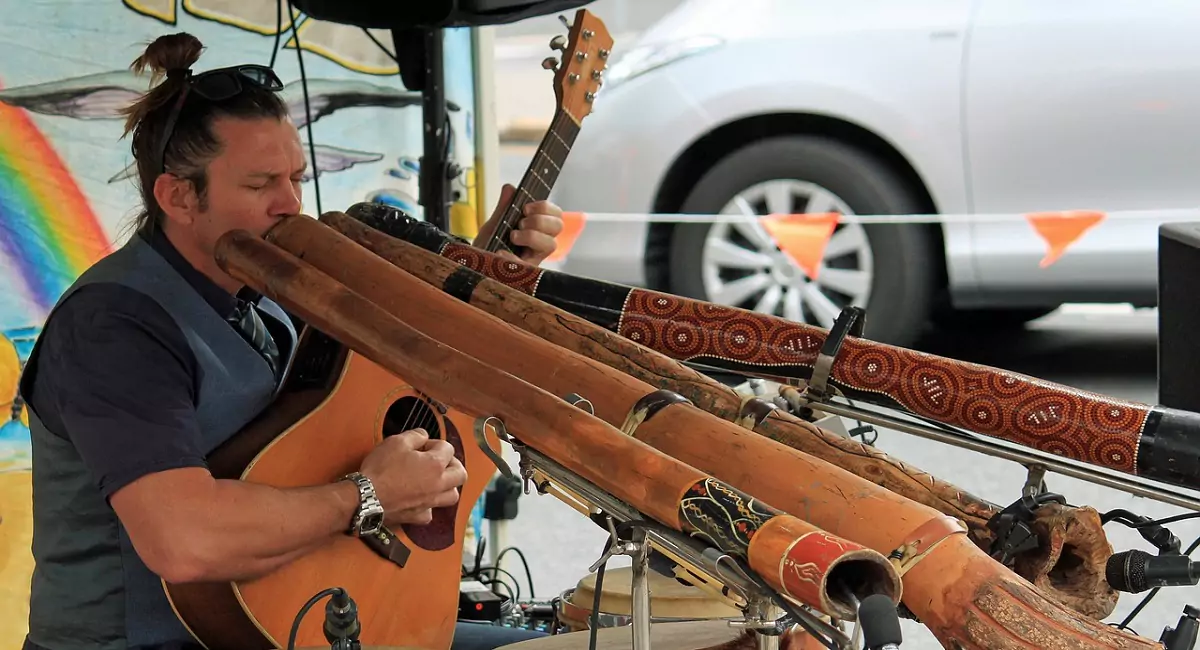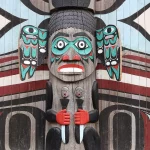
Sounds of the Didgeridoo: Unravelling the Mystique of Australia’s Iconic Instrument
When you look at Australia’s history, you will find a captivating sound that echoes through the land - the haunting yet beautiful tones of the didgeridoo. This established and iconic instrument is deeply rooted in the traditions of Australia's Indigenous peoples and holds a mystique that has fascinated people around the world for centuries.
The didgeridoo is crafted from eucalyptus branches and its mesmerising sound carries with it a profound cultural significance, serving as a vessel for stories, spirituality, and a deep connection to the land and its ancestral spirits. To learn more about the didgeridoo and how it has influenced Australian indigenous culture and heritage, you can read on below
A Window into Ancient Culture: Origins of the Didgeridoo
The origins of this powerful instrument didgeridoo are steeped in time and have a lot to do with the rich tapestry of Indigenous Australian culture and heritage. While the exact date of its creation remains a mystery, archaeologists believe that the didgeridoo was made sometime in 1,500 years which makes it one of the oldest wind instruments in the world. Its creation is credited to the Aboriginal people of northern Australia, who carved out eucalyptus branches to fashion this unique musical instrument.
To the Indigenous people, the didgeridoo is not just a musical instrument but a living symbol of their ancestral ties to the land. The didgeridoo is deeply ingrained in cultural practices, representing a powerful connection to the Country, spirituality, and the Dreamtime - the creation period of Indigenous mythology. Through its vibrations, the didgeridoo merges the mortal and spiritual worlds, bridging the gap between the living beings and their ancestors.
Craftsmanship and Cultural Significance
The art of crafting a didgeridoo is a sacred process that has been passed down from generation to generation. The instrument's construction begins with carefully selecting the right eucalyptus tree that is believed to hold spiritual energy. Once chosen, the branch is carefully hollowed out using controlled burning or termites, preserving the unique characteristics of this tree. When you look at the exterior of this instrument, you will find that it is adorned with intricate dot paintings or carvings, each stroke telling stories of the artist's ancestral lineage and spiritual beliefs.
In many Australian Indigenous communities, traditions and protocols strictly govern the playing of this powerful musical instrument called the didgeridoo. Certain songs and rhythms are reserved for specific ceremonies, festivals, initiations, or sacred rituals in Australia. Playing the didgeridoo is often accompanied by vocals, clapping sticks, and the sounds of other traditional instruments in Australia, creating a rich tapestry of sound that echoes through the ancient landscapes.
The Voice of the Land: Spiritual and Healing Properties
When you listen to the haunting yet beautiful sound of the didgeridoo, it has the power to evoke emotions within its listeners. To the Australian Indigenous people, the sounds of the didgeridoo are believed to connect the physical and spiritual realms of this world, summoning ancestral spirits and invoking the Dreamtime era. The instrument's meditative qualities are also used for healing purposes, as it is thought to cleanse negative energies from people and help cure them.
For centuries, this instrument has played an integral role in several indigenous stories in Australia. Its sounds create an immersive experience, transporting both the players and their audience to a realm, where the past, present, and future intertwine. The instrument's vibrations are thought to carry messages to the spirit world, acting as a channel for communication with ancestors and the guiding forces of nature.
You can read more about how instruments like the didgeridoo help in healing by looking at this article that talks about music in Indigenous wellbeing.
Cultural Revival and Global Impact
In recent decades, the didgeridoo has transcended cultural boundaries and captured the attention of people around the world. Its popularity in global music scenes has spurred an interest in Indigenous Australian culture and art, leading to a revitalisation of traditional practices.
Preserving the Traditions: The Role of Indigenous Musicians
Amidst the global recognition of the didgeridoo, Indigenous musicians continue to play a crucial role in preserving and passing down this sacred tradition. Many Indigenous artists dedicate themselves to reviving ancient songs, dances, and storytelling practices, ensuring that the cultural heritage associated with the didgeridoo remains vibrant and relevant for the upcoming generations.
In recent years, some Indigenous musicians in Australia have ventured into contemporary music while staying true to their cultural and traditional roots. Their innovative blending of ancient sounds with modern genres contributes to the evolution of Indigenous music and helps challenge stereotypes and promote authentic representations of Indigenous culture.
Read more about how powerful indigenous artists are venturing into contemporary music in this article Alice Skye's Impact on the Next Generation.
As the didgeridoo's tones reverberate through the ages, they continue to inspire awe and wonder among the people across the globe, unravelling the mystique of this ancient and cherished instrument. Through its music, the didgeridoo calls us to listen, learn, and embrace the traditions and wisdom of Australia's First Nations people, acknowledging the enduring spirit of a culture that has thrived for millennia.





